

Let's test your trivia skills!

10 mixed questions

How many will you remember?

10 mixed questions

How many correct answers will you get?
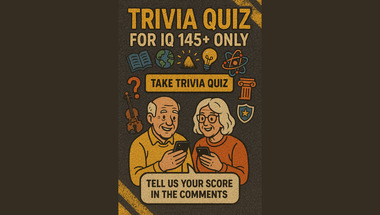
Let's see how much you know about food and co..

10 Almost Impossible Questions

10 questions

Let's see how smart you really are!

10 Almost Impossible Questions

Lets hear your result in the comments

10 questions in mixed categories

10 quite hard questions

10 mixed genereal questions
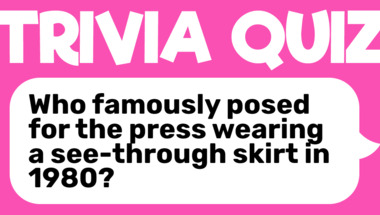
10 interesting questions

10 mixed questions

Let me know your low score in the comments :)

Can you score higher than 5/10?

10 questions covering a variety of topics

10 mixed up questions

Mixed category quiz

10 questions to test your knowledge

How many correct will you get?

How many of them will you answer correctly?

How many correct will you get?

10 questions. Are you up for the challenge?
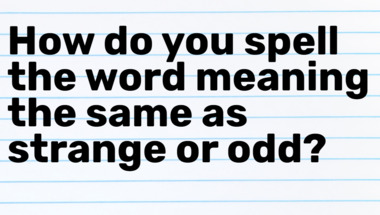
Trust us, the last 2 questions will haunt you
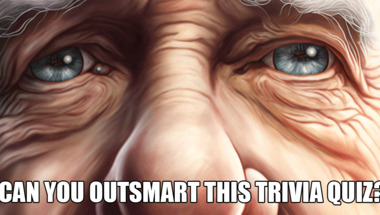
Are you up for a quiz?

What do you remember?

10 mixed questions for you

Do you know the world?

10 mixed questions in one quiz

10 questions

10 mixed up history questions
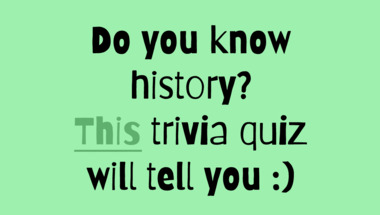
10 questions lined up

Let me know your score in the comments

Can you get at least 6/10 correct answers?

10 entertaining questions

Post your score in the comments!

10 songs to guess

Can you go above 7 out of 10 correct answers?
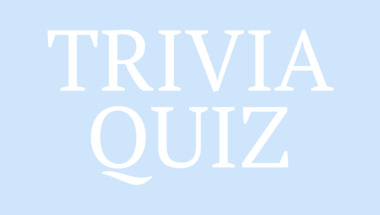
Trivia quiz for experts

Did you pay attention in school?

10 questions
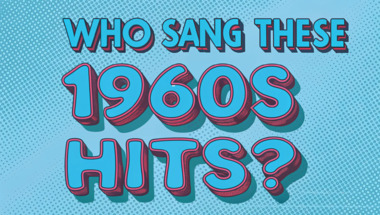
Let's see how smart you really are!

Do you have it in you?

How high will you score?

10 questions

Play it with your loved one

10 bands to guess
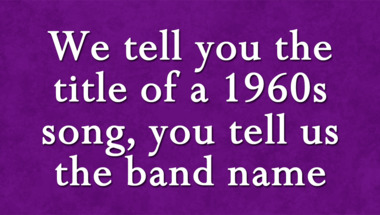
10 questions

10 questions in mixed categories

Anything above 4 correct = you passed!

10 questions

10 questions

10 mixed movie questions

10 mixed up questions

What do you remember about the 1970s?

Let's see how smart you really are!

Tell us your result in the comments

10 random questions

8/10 will only happen if youre a genius!

10 mixed trivia questions
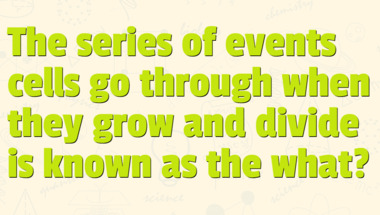
Let's see how smart you really are!

10 questions

How many correct will you get?

Are you the genius for this quiz?

10 questions in different categories

10 Questions That Not Even The Best Home Cook..

Enjoy the challenge & let us know your score ..

10 questions to answer

10 mixed questions

10 questions to test your knowledge

10 mixed questions

10 Quite Difficult Questions

10 songs to guess

Let's see how smart you really are!
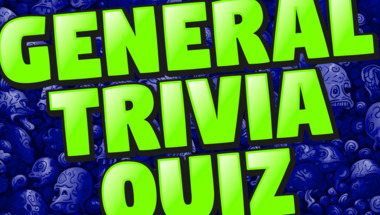
Up for a music quiz?

Are you ready?

10
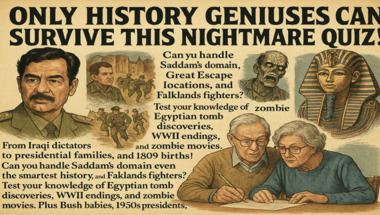
10 questions

10 mixed questions for you to have fun with
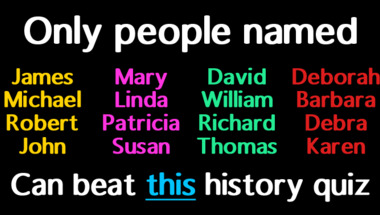
10 Impossible Questions

10 Smart Questions

10 Smart Questions

10 entertaining trivia questions

10 bands to guess

Where have you been?

10 trivia questions - genius level.

10 hard questions

Tell us your result in the comments

10 questions for smart people
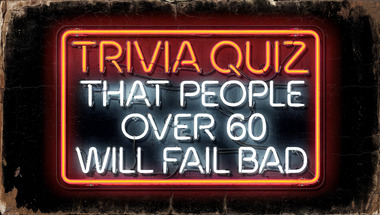
10 home chef questions

How many correct answers will you get?

10 mixed up questions

10 mixed questions

10 questions

Take it here

10 assorted questions

Can you also score a solid 7/10?

Can you score 8/10?
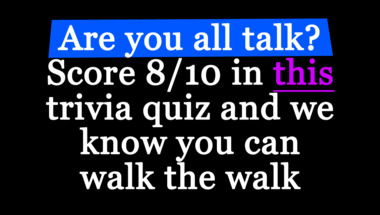
You are probably going to fail most questions

Let us know your score in the comments
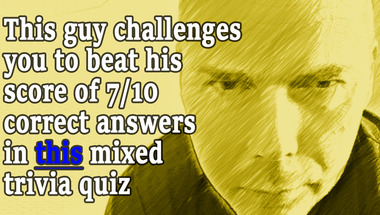
How high can you score?

Play it with your loved one

Are you ready? :)

Let's test your trivia skills!

Is your mind creative?

Test your knowledge with these 10 questions

Let's see how smart you really are!

10 questions

10 questions

10 quite impossible questions

10 questions

How many correct will you get?
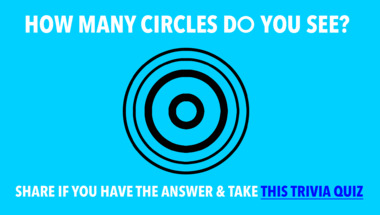
Whats your IQ?

10 questions to test your knowledge

10 questions

10 questions

10 mixed fun questions

Trivia is more than just a fun way to pass the time; it can be a fascinating journey into the oddities and wonders of the world. In this article, we’ll explore ten unique trivia questions, each with its own story and background. From anatomy to music, from classic board games to chemistry, let’s dive deep into these questions and learn more than just the answers!
1. A bunion is a painful swelling on which joint?
A bunion, medically known as hallux valgus, is a bony bump that forms on the joint at the base of the big toe. This joint, called the metatarsophalangeal (MTP) joint, is where the first metatarsal bone of the foot meets the proximal phalanx of the toe. Bunions can develop due to genetic factors, improper footwear (like tight or high-heeled shoes), or other medical conditions such as arthritis. Over time, bunions can make walking painful and may require medical intervention, including surgery in severe cases.
2. What is 23 times 2, add 5?
Let’s break down the math: 23 multiplied by 2 equals 46. If you add 5 to this number, you get 51. Simple arithmetic questions like this are common in trivia because they test not only your mathematical skills but also your ability to quickly process and recall basic operations. Such questions can trip up even seasoned trivia players if they rush or misread the problem.
3. Who recorded the song, 'I Walk The Line' in 1955, which tells the story of the singer, staying faithful to his wife while on the road?
The answer is none other than the legendary Johnny Cash. “I Walk the Line” is one of Cash’s most famous songs, reflecting his commitment to fidelity and the struggles he faced as a touring musician. The song, released in 1956 (though recorded in 1955), became a huge hit and is widely regarded as a classic in the country and rockabilly genres. Cash’s deep voice and straightforward lyrics resonated with millions, and the song remains a staple of his legacy. Fun fact: The unique “boom-chicka-boom” rhythm was achieved by threading a piece of paper through the strings of his guitar, creating a percussive sound.
4. Pulmonic refers to what part of the body?
The term pulmonic is derived from the Latin word “pulmo,” meaning “lung.” Therefore, pulmonic refers to anything related to the lungs. Pulmonic conditions include a variety of ailments, such as pneumonia, bronchitis, and asthma, all of which affect the respiratory system. In medical terminology, “pulmonary” is more commonly used, as in pulmonary artery (the artery carrying blood from the heart to the lungs) and pulmonary disease.
5. What is the chemical symbol for carbon?
In the periodic table, the chemical symbol for carbon is C. Carbon is one of the most fundamental elements in chemistry and biology. It is the key element in organic compounds and is essential for life on Earth. Carbon exists in several forms, including graphite, diamond, and fullerenes (also known as buckyballs). Its ability to form four covalent bonds makes it incredibly versatile, and it is the backbone of all known life forms.
6. How many very large teeth did a saber-tooth tiger have?
The saber-tooth tiger, or more accurately, the Smilodon, had two very large, elongated canine teeth in its upper jaw. These teeth could grow up to 7 inches long. Despite their fearsome appearance, saber-tooth cats used these teeth for precision killing, targeting soft tissue and vital areas of their prey. They lived in the Americas during the Pleistocene epoch and became extinct about 10,000 years ago. Their impressive fangs have made them a symbol of prehistoric predators.
7. What is human hair made from?
Human hair is composed primarily of a protein called keratin. Keratin is a strong, fibrous protein also found in nails and the outer layer of skin. Hair grows from follicles located in the dermis of the skin and consists of three layers: the medulla (innermost), the cortex (middle, which contains pigment), and the cuticle (outer layer). The structure and composition of keratin give hair its strength and resilience. Hair color is determined by the type and amount of melanin within the cortex.
8. What two letter tiles are the highest scoring two to play in Scrabble?
In the game of Scrabble, the highest scoring single letter tiles are Q and Z, each worth 10 points. Both letters are challenging to use due to their rarity and the limited number of words they can form, especially the letter Q, which almost always requires a U to accompany it. Strategic players often save these tiles for premium squares like triple letter or triple word, maximizing their point value.
9. Which designer is famous for his 'polo' range?
The designer most closely associated with the “Polo” range is Ralph Lauren. In 1967, Ralph Lauren launched his own line of men’s ties under the name “Polo.” The brand quickly expanded into a full range of clothing, accessories, and home goods. The Polo shirt, characterized by its collared design and embroidered polo player logo, became iconic and remains a staple of casual fashion worldwide. Ralph Lauren’s vision combined classic American style with a touch of sophistication, making his brand a symbol of luxury and elegance.
10. Which element has the chemical symbol Ti?
The element with the chemical symbol Ti is Titanium. Titanium is a strong, lightweight metal with a distinctive silvery-gray appearance. It is highly resistant to corrosion and is used in a variety of applications, including aerospace, medical implants, and sporting goods. Titanium’s strength-to-weight ratio is among the highest of all metals, making it invaluable in modern engineering and technology. Its discovery dates back to 1791 by English clergyman and mineralogist William Gregor.
Conclusion
Trivia questions like these are more than just tests of knowledge; they offer a window into the world around us. Whether you’re learning about human anatomy, the history of music, the wonders of chemistry, or the secrets of classic games, trivia inspires curiosity and lifelong learning. Next time you encounter one of these questions, you’ll not only know the answer—you’ll know the story behind it, too.